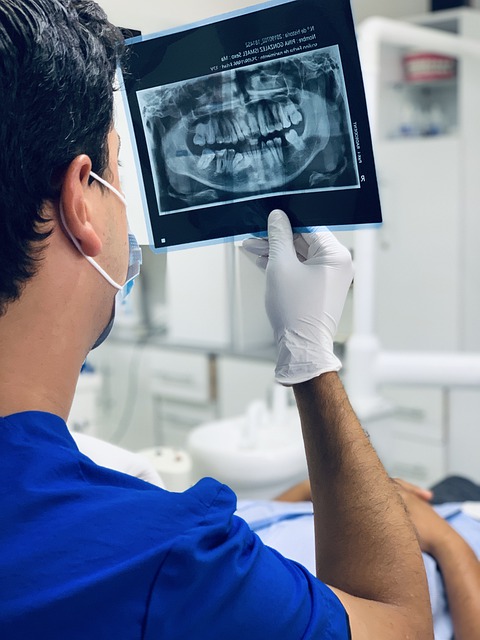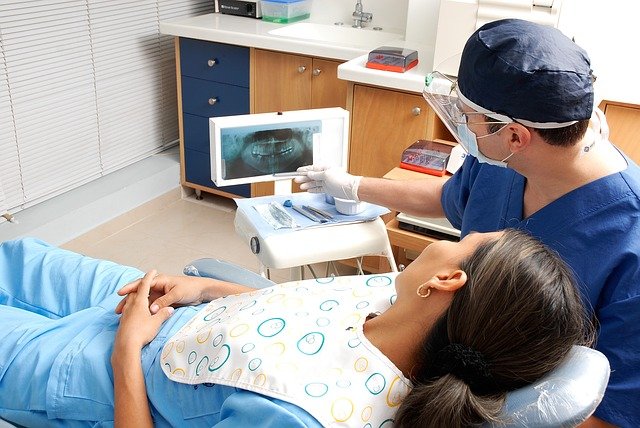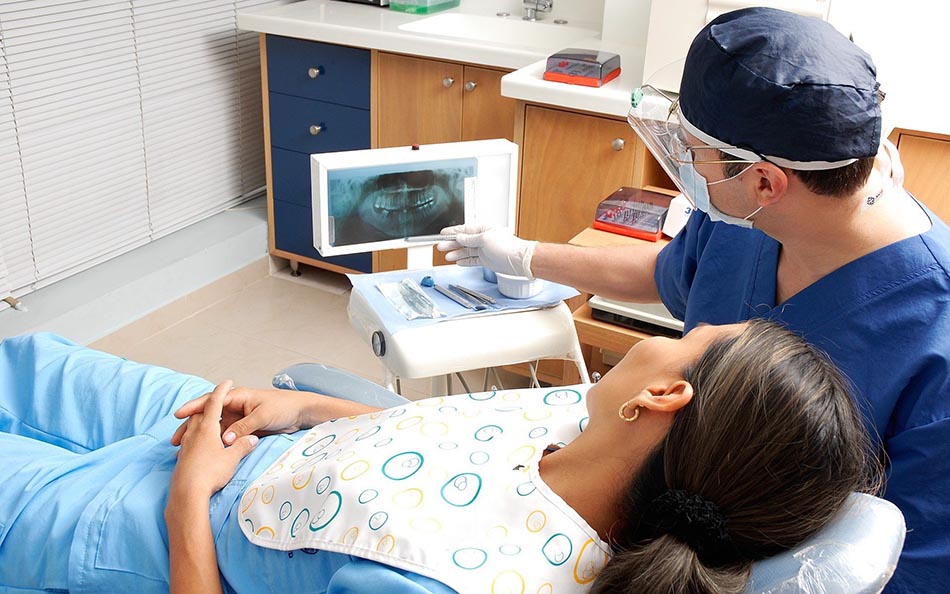How do I Save a Knocked-out Tooth?

A knocked-out tooth is more common than most people realize. It often occurs to kids and active adults and especially those who play contact sports. If a tooth is chipped, you can gather up the pieces and take them to your Glen Ellyn, IL dentist to get the tooth repaired. But what are you supposed […]
The Facts About Root Canal Therapy, and How it Can Save Your Tooth

For those who have a highly diseased tooth, root canal treatment is an effective way to save it. The common dental procedure removes infected pulp from the inside of the root of the affected tooth. The canal is cleaned, filled, and sealed to prevent infection or damage. The tooth is often restored after the root […]
What is the Best Way to Handle Exposed Tooth Roots?

An exposed tooth root can be an uncomfortable, inconvenient dental issue. It’s a problem that can occasionally result from receding gums, or from any sort of trauma that causes gum damage. It can also be a sign of gum disease, including severe periodontitis where the gum tissue has regressed significantly. Older adults are at greater […]
What Causes Oral Thrush?

If you have a compromised immune system or you regularly use inhaled steroids, you need to be aware of oral thrush. Oral thrush is an infection that is caused by an overgrowth of yeast in your mouth or throat. In other words, it is essentially a yeast infection that can develop in your mouth. Like […]
Visiting the Dentist? You May Skip the Flu

Did you know that oral health is a major factor in overall physical health? When your mouth is healthy, the rest of your body is more likely to be healthier, too. In fact, a recent study found that people who regularly visit their Glen Ellyn, IL dentist for check-ups and cleanings every six months are […]
Dental Implants for a New You

Dental Implants might just be your new best friend! Why? If you have been faced with some challenging dental health issues in the past or are currently, you may want to consider this procedure. This American Dental Association-approved procedure is not only safe, but very cost-effective and long-term. Dr. Thomas Gibbs wants to help you […]
What to do About Canker Sores

Canker sores are small-sized ulcers which can form in the mouth, or on the cheeks, lips, tongue, gums, and on the roof of your mouth. They can be caused by a number of different things, and are not contagious, but should be taken seriously if they last a particularly long time or recur frequently. Dr. […]
5 Things Causing Your Bad Breath

Most people don’t realize they have bad breath until someone else points it out to them. Rather than trying to mask it with breath mints and chewing gum, dental professional Dr. Gibbs of Smile Glen Ellyn points out that fixing the problem at its root is the better approach. Here are five possible causes of […]
What Your Mouth Says about You

Contrary to the popular belief that dentists are only after cavities and plaques, your mouth is the first gateway for diagnosis of various diseases that Dr. Gibbs can spot by simple regular examination. Your mouth can not only help provide early detection of diseases, but also give away things about your life. Some examples include: […]


